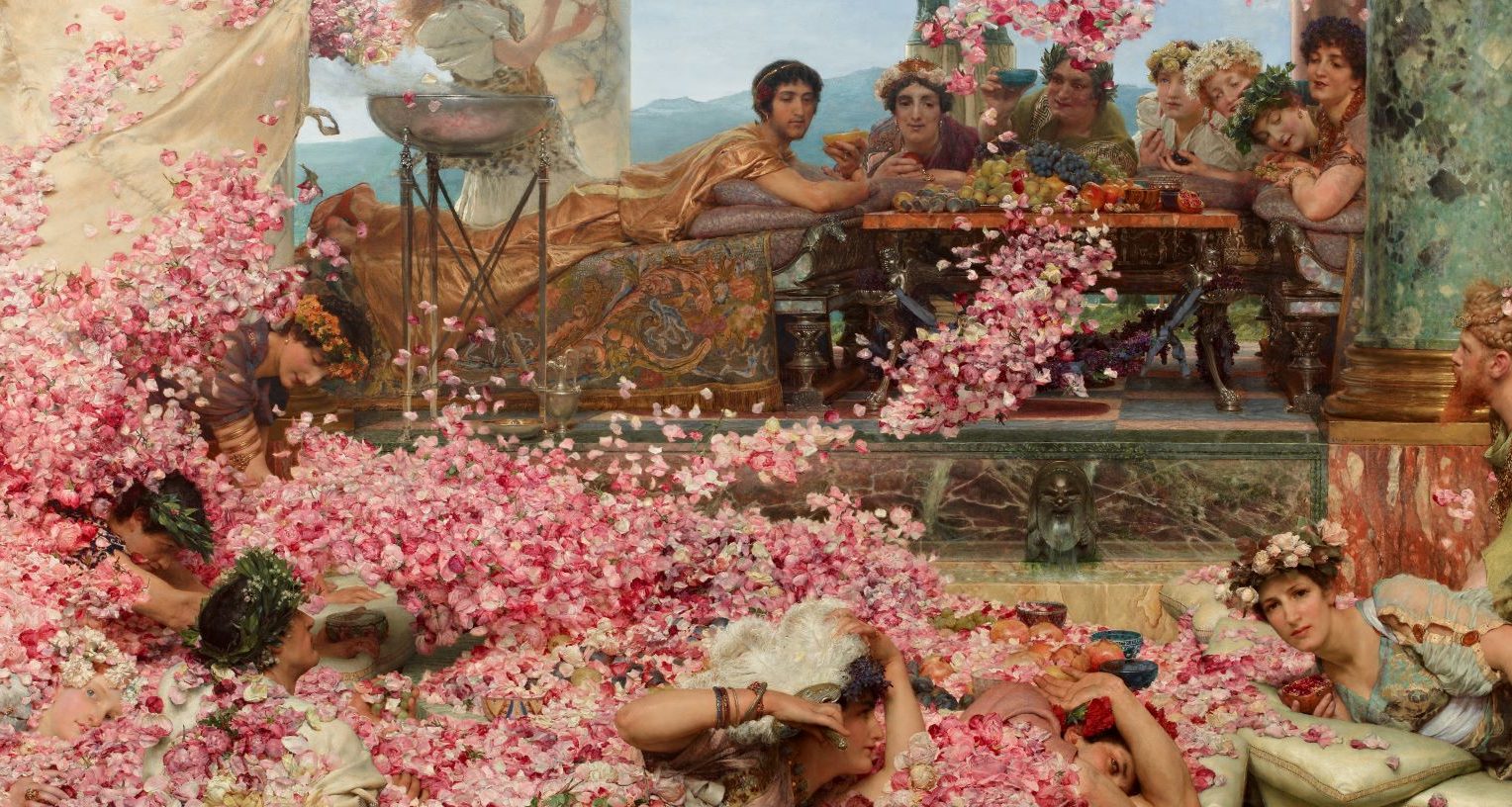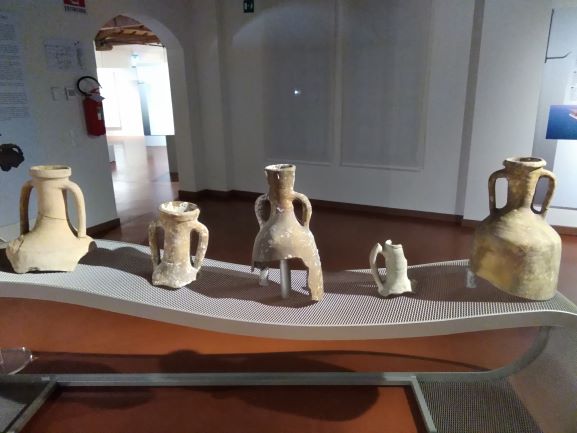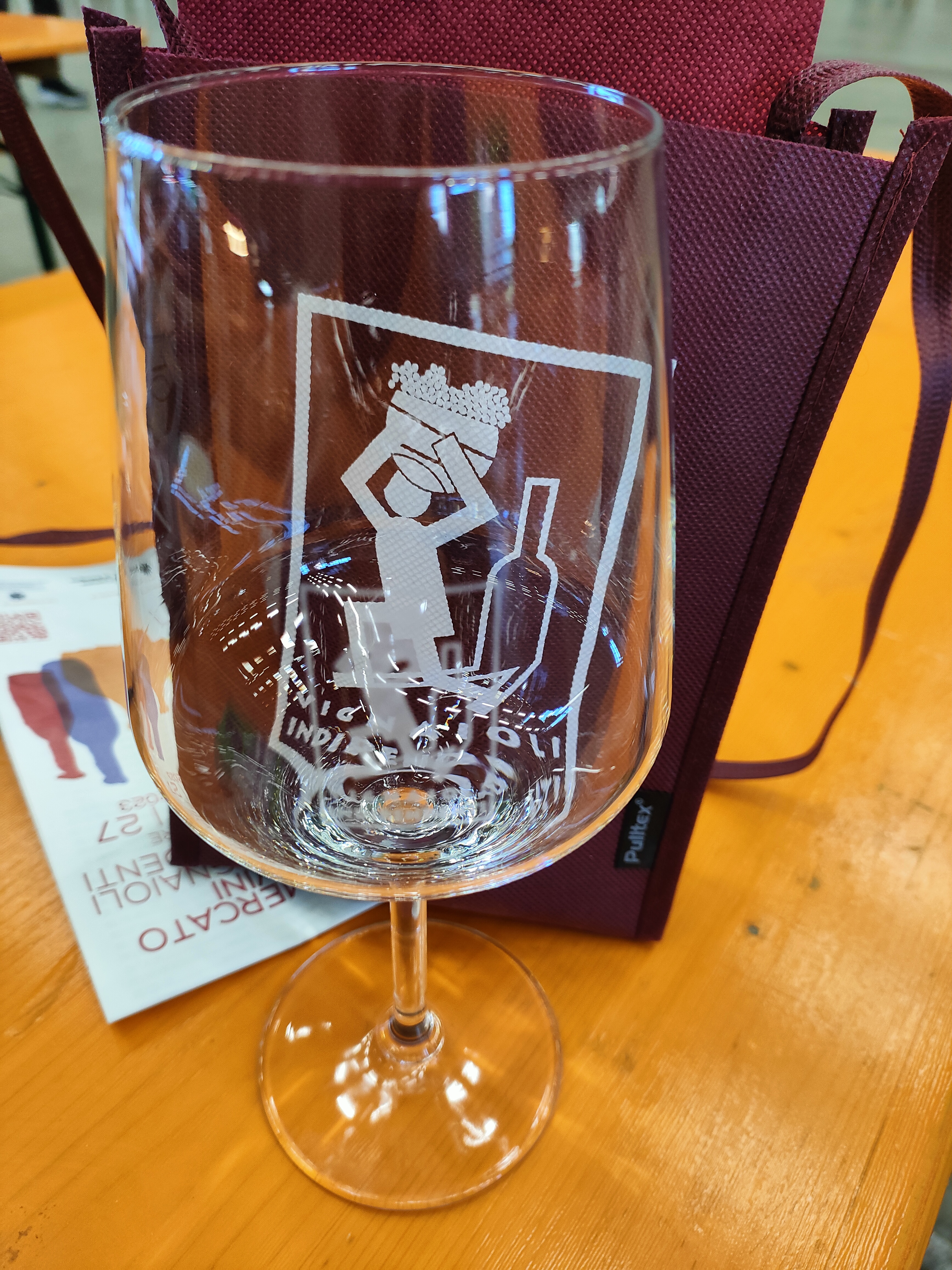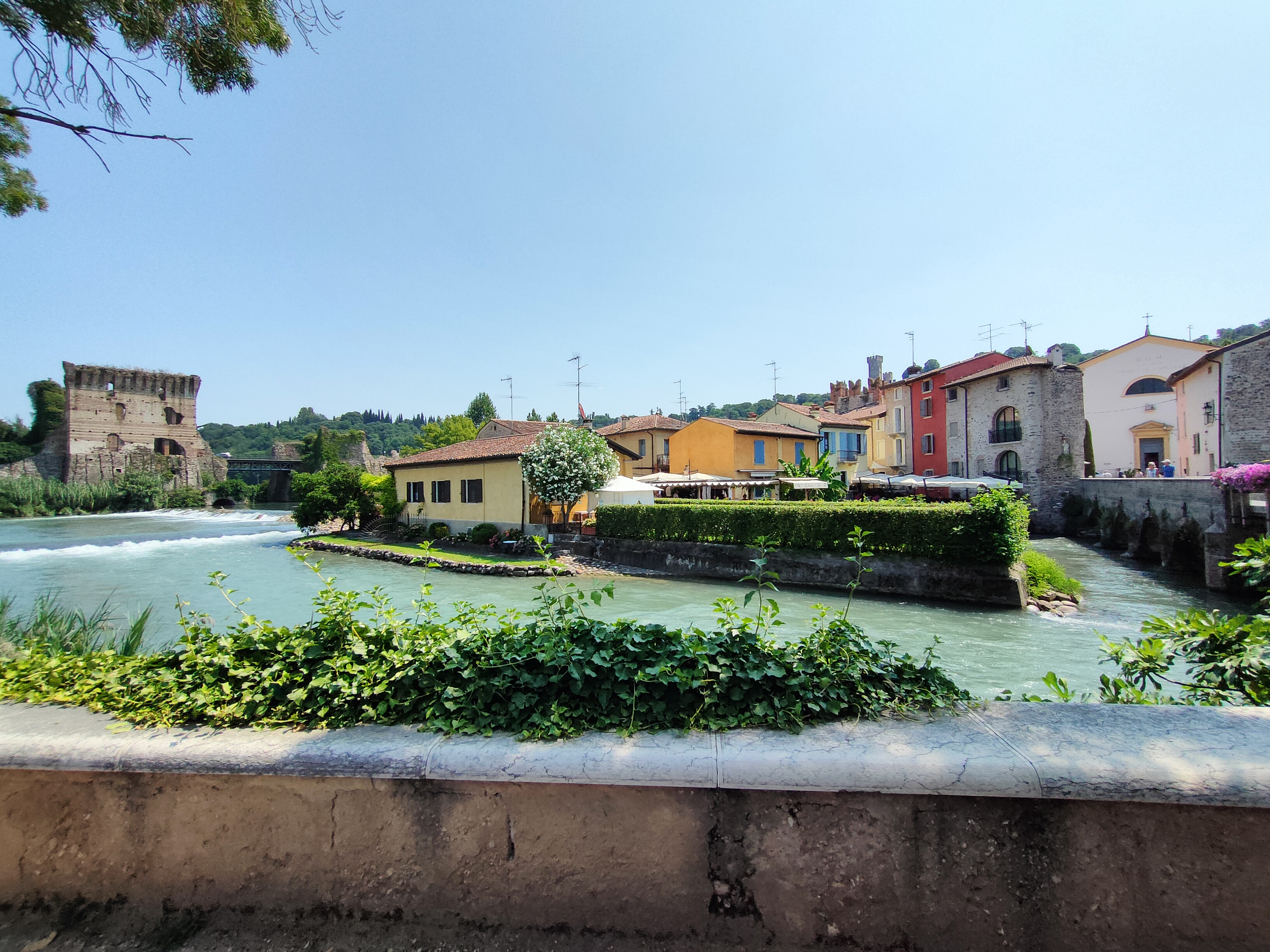
In vino veritas: The art of winemaking and the Romans
05 October 2019
Italian wine culture is one of the richest and most complex in the world. However, we have not achieved this great result overnight. In fact, our love story with wine has been going on for more than 2000 years and we owe a lot to our ancestors: the Romans. It was under the Roman Empire that the viticulture and the winemaking techniques in Italy had a boom. But how was wine produced back in Roman times?
Roman viticulture and winemaking
Today it is quite easy to understand how important agriculture and especially viticulture were in the Ancient Rome. That is because lots of Latin poets wrote about the country life in a very precise way. Form the Res Rusticae by Varro, to Columella’s De Re Rustica, until Pliny and his Natural History, viticulture played a key role in all the main Latin essays about agriculture. Before the Roman Empire vines were cultivated in Northern Italy by the Etruscans and in Southern Italy by the Greeks. Romans were then not responsible for the introduction of the viticulture in Italy. Anyway, they did play a major role in improving and enhancing it. Romans used to take care of the vines in the way we do today. Some examples? They...
- selected the grape varieties taking into consideration the soil and the climate they were suitable for
- pruned the vines and cut out the extra clusters
- took care of the foliage
- carried out the manual selection of the best bunches
The winemaking process was instead completely different, made mainly by crushing the grapes with bare feet and using screw or stone presses. The fermentation took place in the clay jars called anfore, which were used to store and carry the wine as well. Wooden barrels took over amphoras only in the 3rd century A.D.

Ancient Roman taste
Did Romans enjoy wine as much as we Italians do nowadays? Well, definitely YES just in a different way. First of all both red and white wines were vinified in the same way, keeping together the skins and the must. The result? White wines which were very similar to the super trendy orange wines. Another interesting fact was that Romans used to mix the wine with something else. This something else was often water (usually one part of wine and two of water) since drinking it pure was considered a barbarian habit. Right the opposite of the way we do today! Last but not least, Romans loved sweet wines. This is the reason why the grapes were usually overripe when crushed. They usually add honey and resins to make it even sweeter and make the wine last longer.

Roman viticulture around Verona
Therefore, it is quite clear that Romans had definitely a sweet tooth and this is why they loved our traditional sweet wine Recioto. Back in history it was called Acinatico and it was the great-grandfather of the three different Recioto you can find in our region: Recioto di Soave, Recioto di Gambellara and Recioto della Valpolicella. Produced by drying the grapes and by stopping the fermentation, Acinatico was beloved and praised all over the Roman Empire. What about trying the Roman taste having a wine tasting of the modern Acinatico? Join us on a two Amarone wineries to have a sip of the red Recioto or on a Soave and Amarone to have a taste of the white and the red sweet wines. After all, as the old saying goes, when in Rome do as the Romans do!







Leave a comment